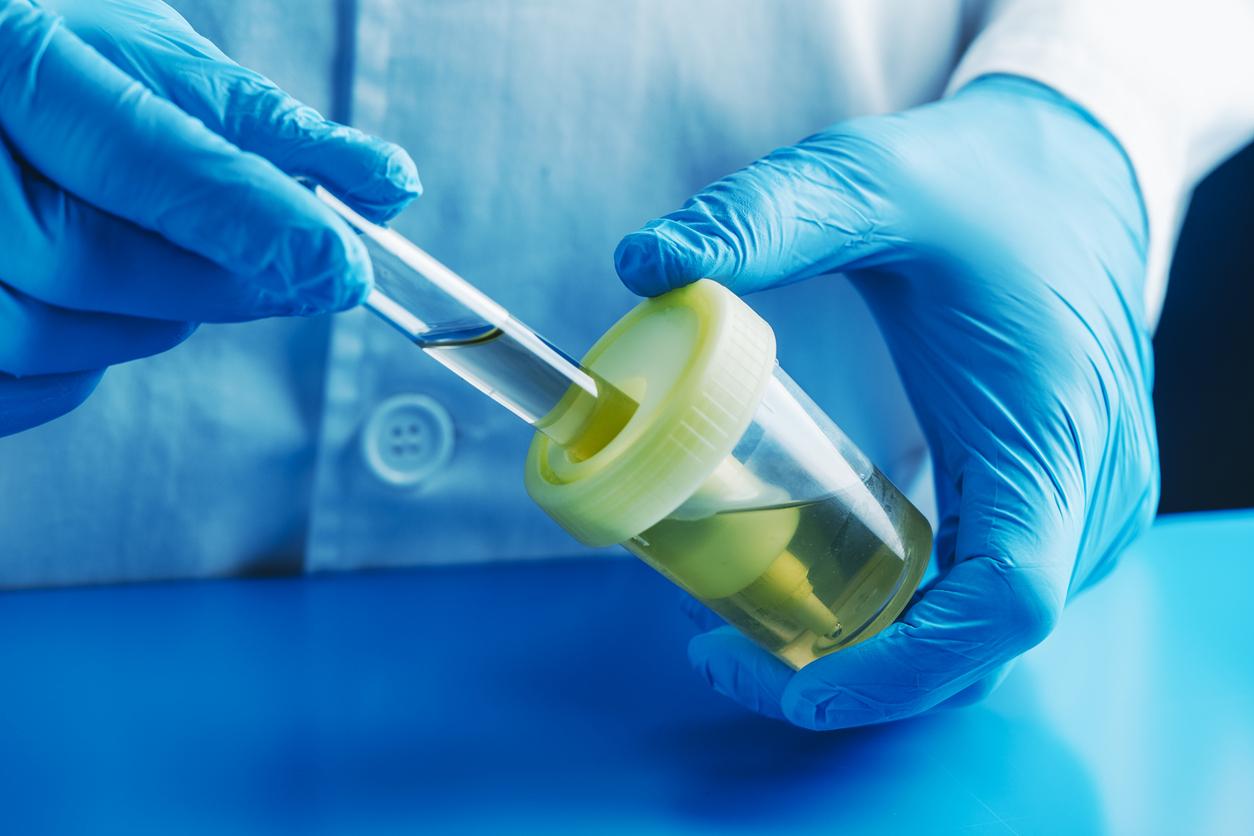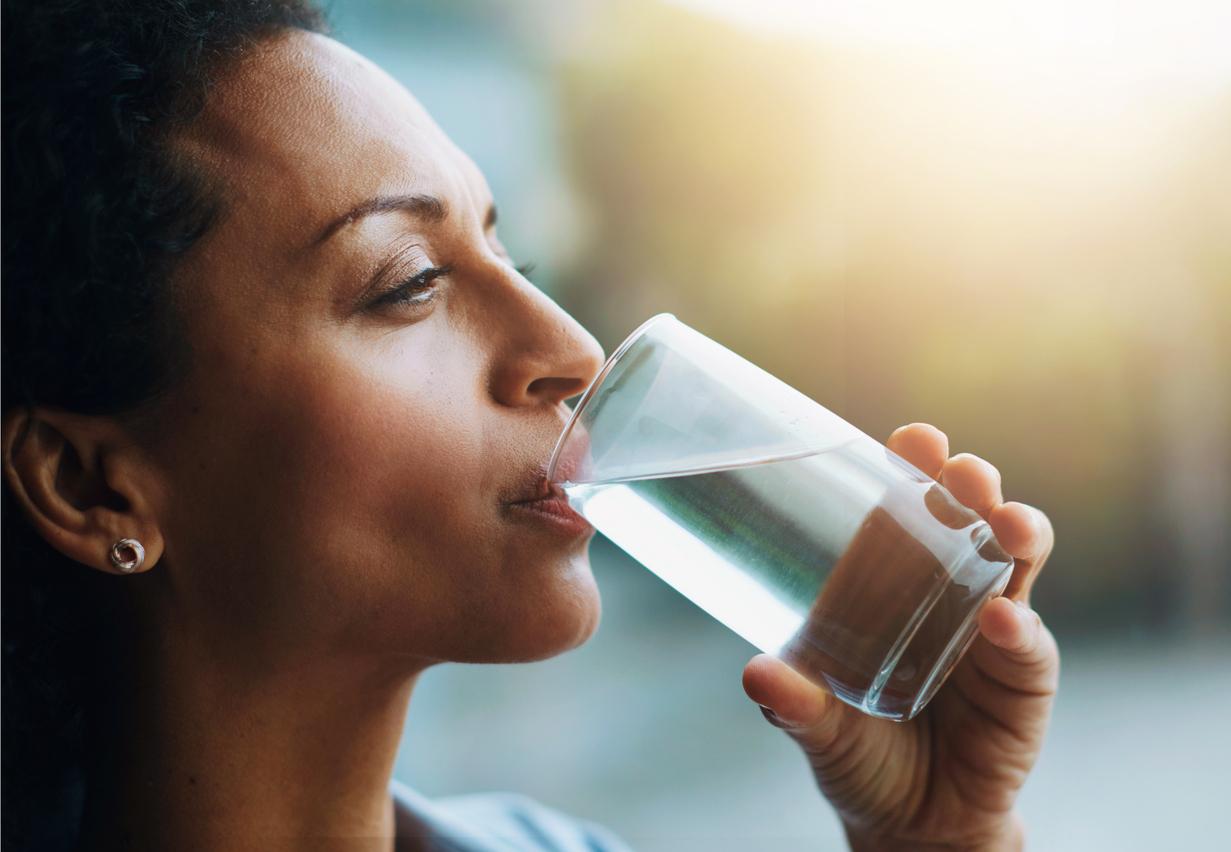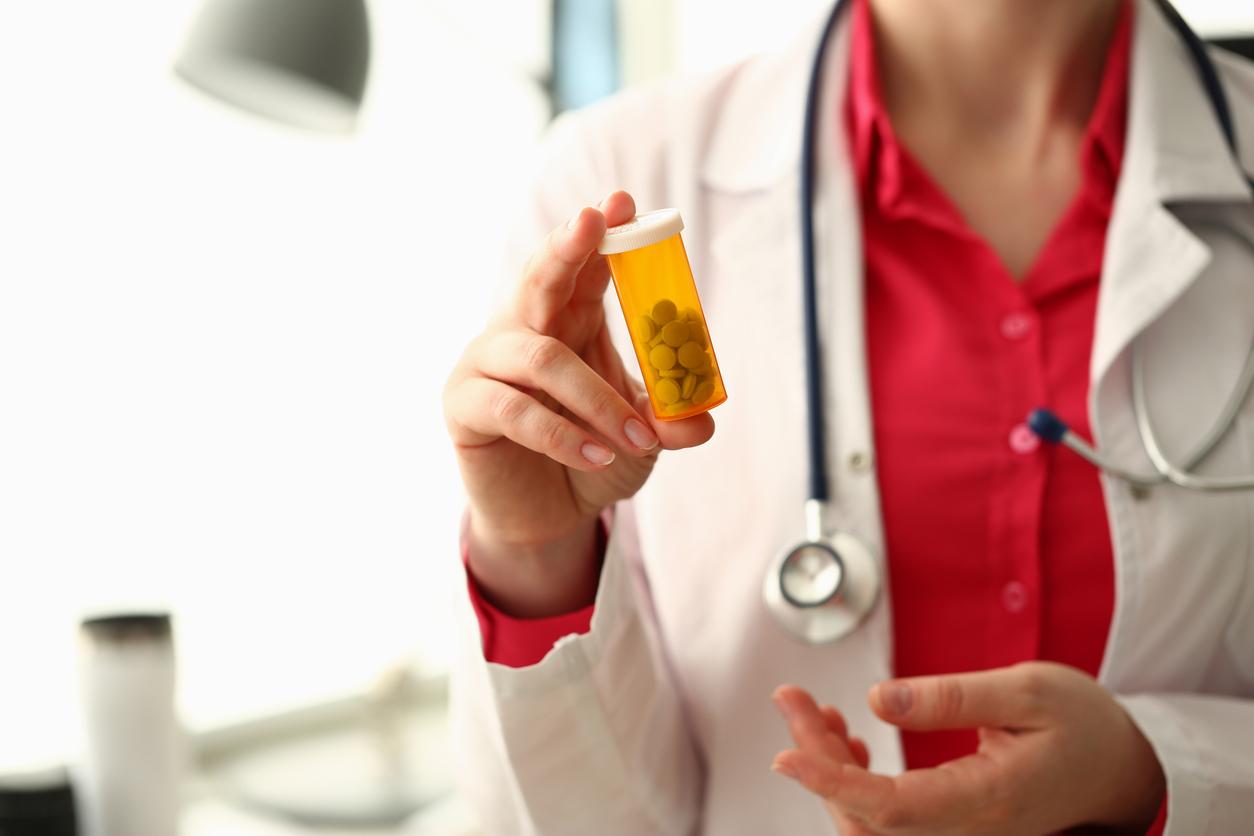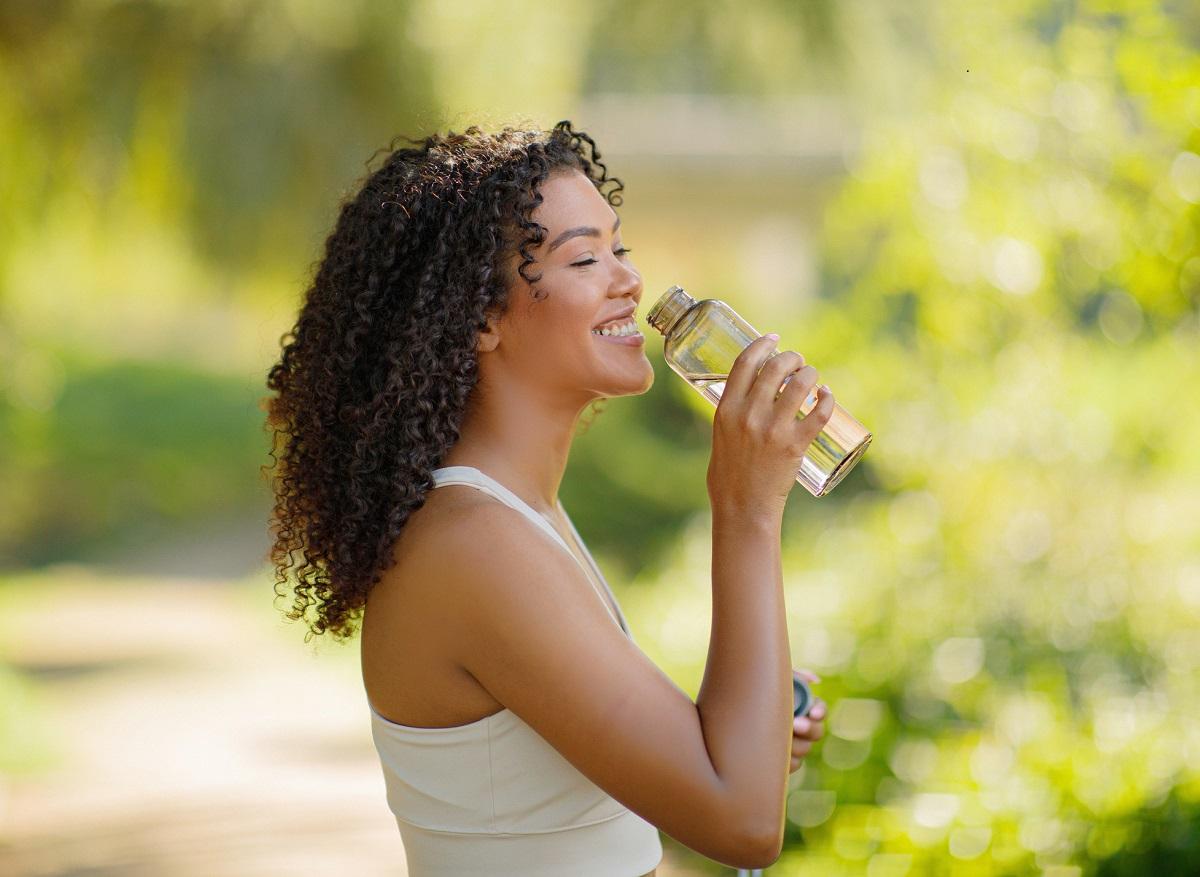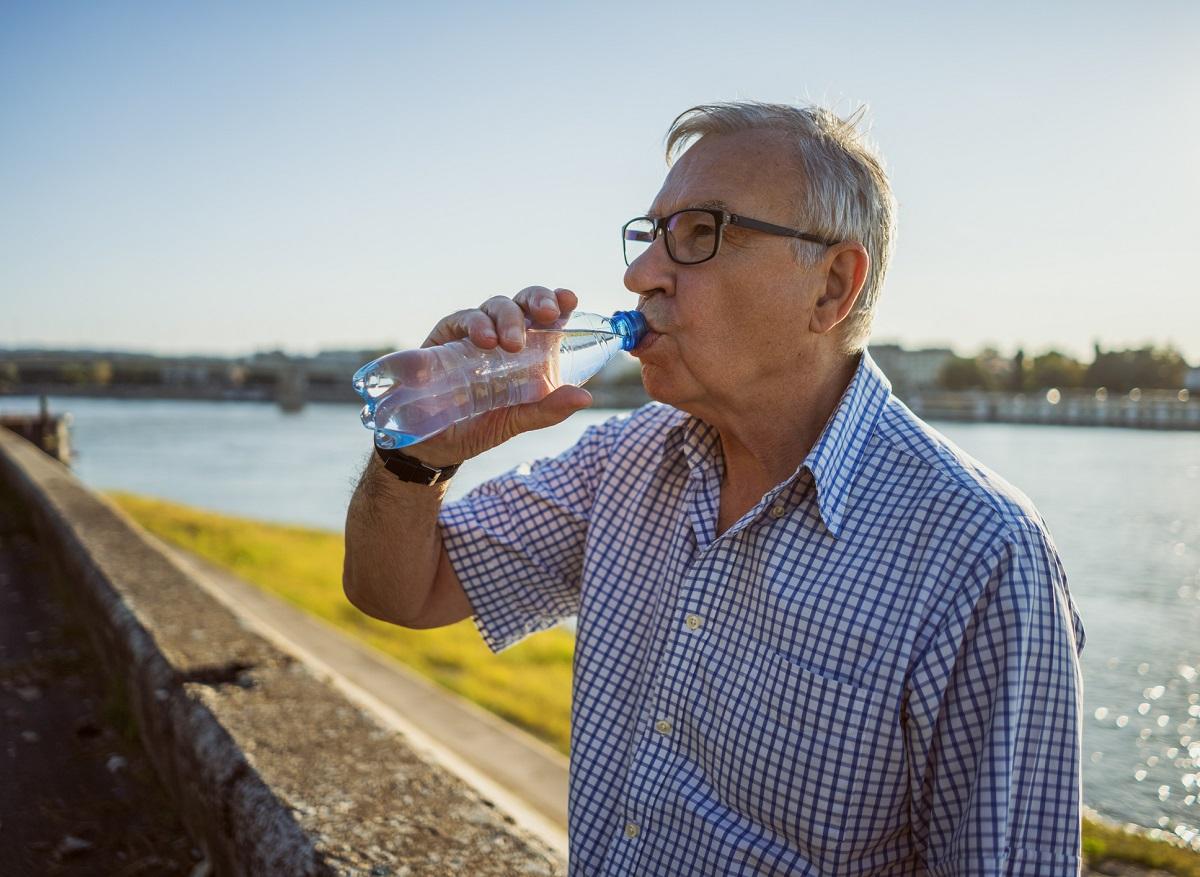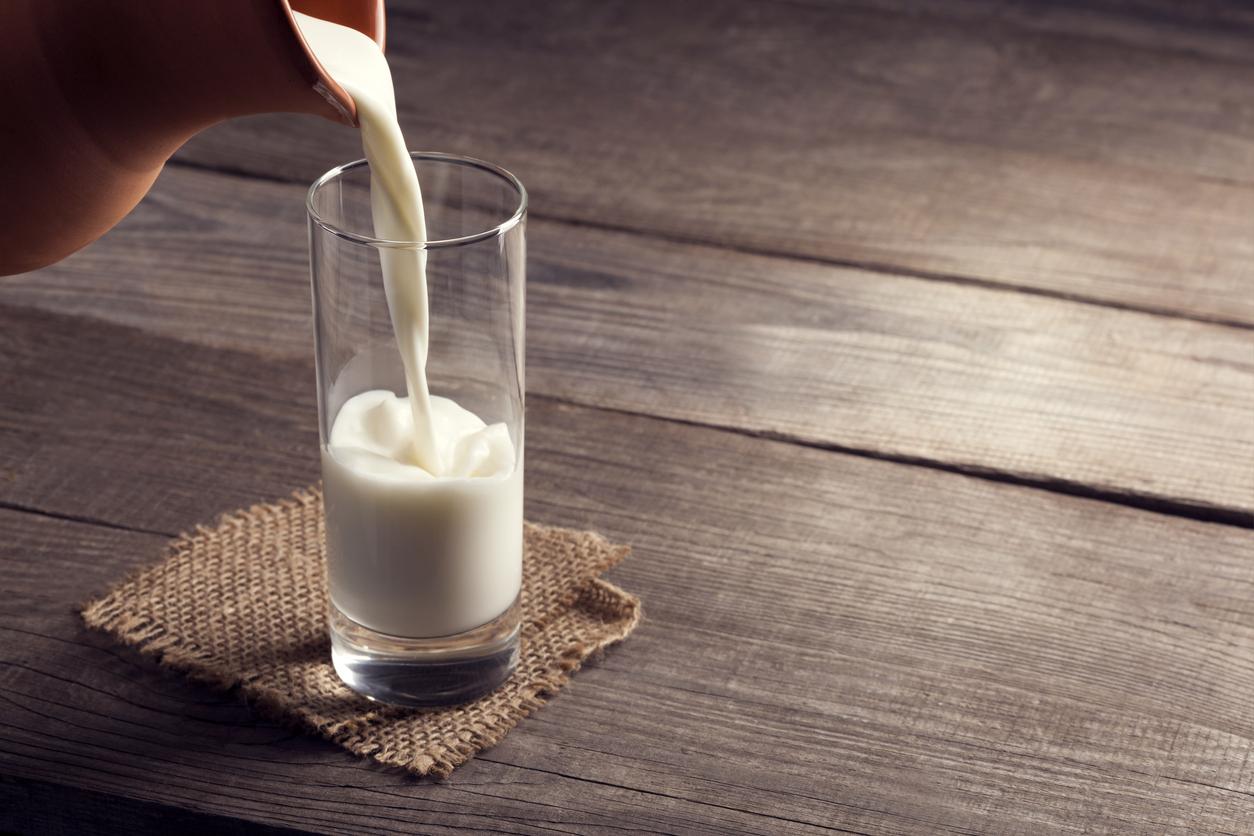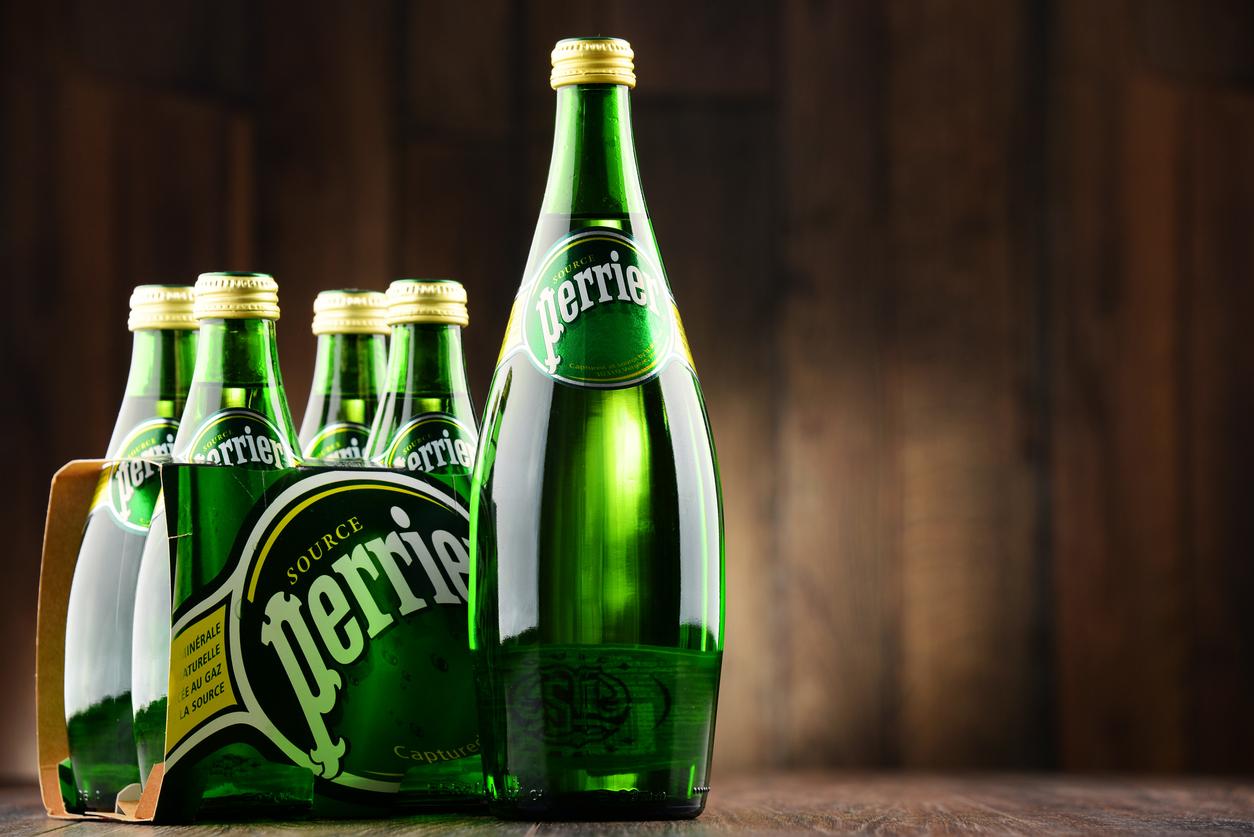Water from trees is trendy. Discover their nutritional benefits so that you can also consume them.
Coconut water to rehydrate quickly
It is in the green and unripe nuts of the coconut palm (Cocos nu ci will do) that we collect a quantity of clear water (up to 800 ml per fruit!). According to the FAO, the Food and Agriculture Organization of the United Nations, this delicious drink has the same level of electrolyte concentration as our blood plasma.
“Plant” transfusions
It thus helps to restore the imbalances which follow an effort. And legend has it that during WWII, American and Japanese doctors used it to give emergency transfusions to wounded soldiers.
Why drink it?
- Because it is an important source of potassium, phosphorus, calcium, magnesium, iron and zinc. During the hot summer months or after a diarrhea, it helps to rehydrate the body while remineralizing it.
- The FAO therefore also recommends it as an energy drink among amateur or high level athletes.
- Finally, it would be useful for draining water trapped in cellulite clusters. Good news !
In practice
- Thirst-quenching and palatable, it advantageously replaces all sodas and other drinks.
- In cure, at a rate of 25 cl per day, for 2 to 3 weeks.
Our selection nfresh coconut
- Biocoop or La Vie Claire, € 3.95 per green walnut.
In tetrapak:
- Cocowell, € 2.50 for 33 cl.
- Vitamont, € 3.60 for 50 cl.
- La Vie Claire, € 1.85 for 33 cl.
- Bjorg, € 3.65 for 50 cl.
Maple water for unstable blood sugar
Does maple syrup production mean anything to you? It is the harvest of water frommaple which takes place in Quebec at the end of winter. During this “sugar season”, maple syrup producers cut tree trunks to collect it before the sap rises. As soon as the daytime temperature reaches 1 ° C, the water, which contains potassium, calcium, phosphorus and 2 to 3% of sugars, will rise from the roots.
Water but also syrup
Three species of maple (black, sugar and red) can be used but their trunk must reach 20 cm in diameter, or 45 years, to consider an annual harvest. Living more than 300 years, a sugar tree can therefore provide water for a long time. Each year, its harvest ends with the arrival of the sap, bitter and more loaded with minerals. By evaporating this water, we can also produce syrup, taffy, butter (without fat) and maple sugar.
Why drink it?
- The terpenes and various acids, including the abscisic acid, which it contains allow maple sap to stimulate the release of insulin by pancreatic cells and increase the sensitivity of fat cells to insulin. This is why it can accompany the treatment of metabolic syndrome and diabetes.
- Its richness in potassium, calcium, magnesium, manganese and phosphorus reinforces the body’s immunity and would, according to some researchers, minimize the intake of antibiotics. To be continued …
In practice
- Do not hesitate to drink a little glass every morning for stabilize your blood sugar. In cure of 2 to 3 weeks.
- You can also drink it when you want sugar nags us.
- Combine it with a diet low in sugars with a high glycemic index and modest in sugars with a low index.
Our maple water selection
- Necta maple water, € 2.70 for 33 cl.
- Kanata, € 2.50 for 33 cl.
- Biotona, € 3.50 for 50 cl.
Birch sap for its diuretic and revitalizing action
During their winter, birch trees stock up on their sap, which is full of minerals, trace elements, vitamins and even a few amino acids. The harsher the winter, the more abundantly will be the sap. A few days before spring, the sap begins to climb into the trunk. It is this which will allow the tree to flourish and to produce leaves, flowers and fruits in abundance. And that’s when you have to harvest it. Once mounted, it can no longer be collected because it will have flooded the entire tree.
A precious deposit
To extract this nectar while respecting the birch, the producer inserts a cannula probe into its trunk. At the end of the harvest, the opening will naturally be filled with a green wood. In order not to exhaust this precious deposit, the tree will not be put to use again until a few years later.
Why drink it?
- Its richness in mineral salts promotes renal elimination of water and liver detox, acting as a powerful depurative (fats, pesticides …).
- It is possible to make a fresh sap cure In early spring. In France, the harvest begins between the end of February and the end of March, depending on the region. You have to be reactive because it only lasts 6 to 8 weeks.
- If this appointment is missed, one can follow a cure of pasteurized sap, minerals and vitamins being protected by this treatment.
- The diuretic effect of the sap makes you feel tired during the first days of the treatment. But the intake of minerals and vitamins will then restore the body.
- Do not confuse birch sap and its juice, the latter being a decoction of its leaves. Which has nothing to do with it.
In practice
- The treatment must be followed for at least 10 days, or even 20 days for a more interesting therapeutic duration. It consists of drinking a small glass of sap per day (about 20 cl). If possible in the morning, on an empty stomach, to allow the body to cleanse itself more easily.
- Combine it with a diet rich in fruits and vegetables and poor in fast sugars, cold meats, refined products, red meat and cheeses.
- The birch sap cure is not recommended people suffering from kidney problems or diabetes, those undergoing diuretic treatment, or in case of exhaustion.
Our selection of birch sap
- Ladrôme birch sap: Around € 20 for a box of three bottles (3 × 50 cl).
In fresh sap cubi:
Many small producers are sold in organic stores.
- Between 20 and 50 € the cubi of 2 to 5 liters, according to the producer.
- Organic Pyrenean birch sap: Qualidiet, € 16.40 per liter at Botanic.
Thanks to our expert Corinne Geray-Gie, naturopath in La Ville-aux-Dames (37)
Read also
- Focus on the health benefits of star anise
- Algae: nutritional bombs










